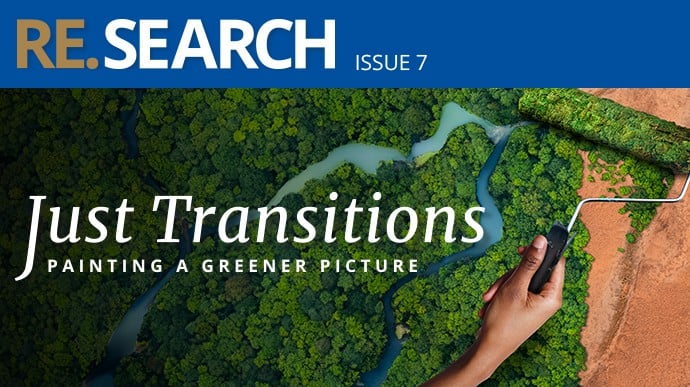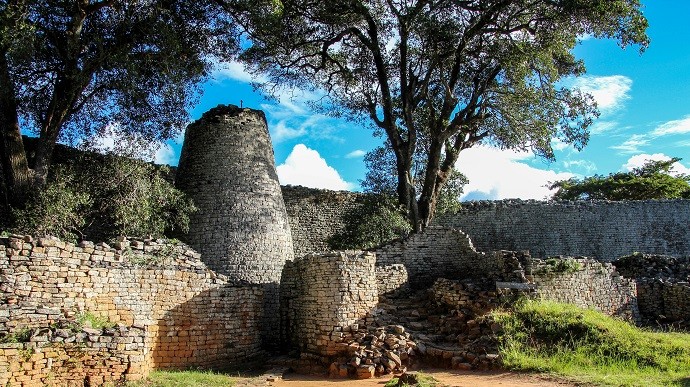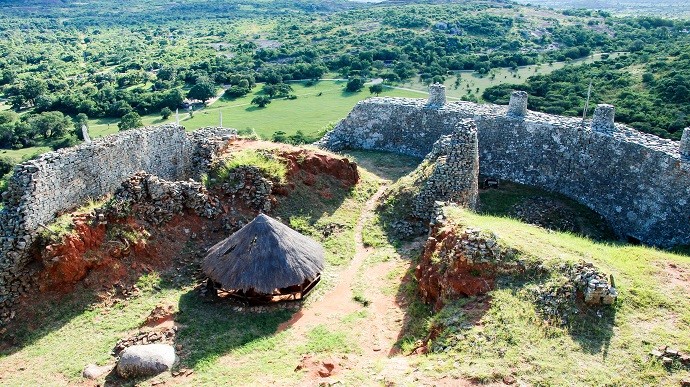The Javett Art Centre at the University of Pretoria (Javett-UP) opened its doors to the public on Tuesday, 24 September.
A partnership between the Javett Foundation and UP, the Centre aims to engage students and the public with the creativity and diversity of local and international art and artists. It is an inspirational space where exhibitions, events and performances will enrich society.
The building links UP’s Hatfield Campus to the bustling eastern district of the city. The Javett-UP bridge that spans Lynnwood Road and houses the Bridge Gallery has been designed to throw an ever-shifting pattern of light and seshweshwe-like shadow on Lynnwood Road and adjacent walkways.
The Centre comprises 13 distinct spaces. This includes an auditorium; the 265m2 Gold of Africa Tower that gives the Mapungubwe Gold Collection a permanent home; a double-volume gallery; a print gallery; a sculpture deck and a restoration studio.
Founding Director Christopher Till said: “We’re excited. The curators have been working for months to get the most amazing and treasured artworks to the Javett-UP from private and corporate collections across South Africa. They are now all installed and waiting to be enjoyed in this celebration of our South African heritage. It’s an incredibly special moment.”
The Art Centre has opened with four ground-breaking exhibitions:
Among the 101 signature works of South African art are the most celebrated, admired and revered pieces ever created by South African artists. They include works by Irma Stern, Gerard Sekoto, Mary Sibande, Pierneef, Walter Battiss, William Kentridge, Lucky Sibiya and others.
Till said: “Art is for everybody. It tells the story of where we come from and why we find ourselves right here, right now. The Javett-UP is, and will always be, a home for the art of Africa. In the best tradition of warm and welcoming African hospitality, the doors are wide open so all people can come and learn more about this continent, its triumphs, tragedies and its deeply layered, but fascinating, complexity as expressed through African artists, both ancient and modern.”
UP Vice-Chancellor and Principal Professor Tawana Kupe said: “Today is historic for the arts, culture and heritage of our country South Africa, our continent Africa and the world because this Art Centre is now a member of the valuable collection of institutions that hold creative representations of our humanity.”
The Centre offers an outstanding resource to students and academics of art history, curation and conservation, while it provides a public space for artists in residence (writers, visual artists, musicians). Residencies will enrich and deepen the university’s project to become in multiple and substantive ways a diverse and diversifying institution that values and embraces diversity, said Prof Kupe.
He said it was “a magnificent building”.
“A wonderful work of art in its own right. It has a physical bridge. It is a bridge in many ways than one. A bridge between two of our campuses, enabling the safe movement of our students between two of our campuses. The bridge has a gallery. In this regard this building is an example of imaginative use of space – aesthetic yet also functional.”
Javett-UP is also a bridge across disciplines in the university. “As an academic bridge it will enable a transdisciplinary intellectual project that illuminates, inspires and enables new forms of creativity and knowledge to emerge,” explained Prof Kupe.
“It is also a bridge linking town and gown, in common parlance, the city and the university or the ivory tower and the generality of the public.”
The Centre will bring South Africa and Africa’s art to the world, and the world’s art to South Africa. It will be a vehicle for bridging distances, thereby creating the potential for common understandings of our humanity, said Prof Kupe. “The circulation of art that the Centre will facilitate will hopefully contribute to a deepening of knowledge between the people of Africa and their fellow human beings around the world.”
Entry to Javett-UP is free until 29 September 2019.
Professor Vasu Reddy
September 24, 2019
 Story
Story
This edition explores the theme of ‘Just Transitions’ which is generally characterised by ideas of sustainability and the greening of the economy, and supported by the ideas of resistance, rethinking and restructuring society for a better and more equitable future. As one of the most impactful producers of research in South Africa, UP has several specialised research teams that are on the...
 Story
Story
A study involving the University of Pretoria (UP), along with academics from Great Zimbabwe University, University of Cambridge in the UK and Aarhus University in Denmark, has revealed how Great Zimbabwe – the largest city in Southern Africa during the Middle Ages – stored water in dhaka pits to overcome severe water scarcity and drought.
 Gallery
Gallery
Water security is currently among the most significant global challenges for human subsistence and environmental health. UP archeologists have discovered that during the middle ages, the people of Great Zimbabwe developed means to conserve water which could make for effective strategies in terms of water management and conservation today.
Copyright © University of Pretoria 2024. All rights reserved.
Get Social With Us
Download the UP Mobile App